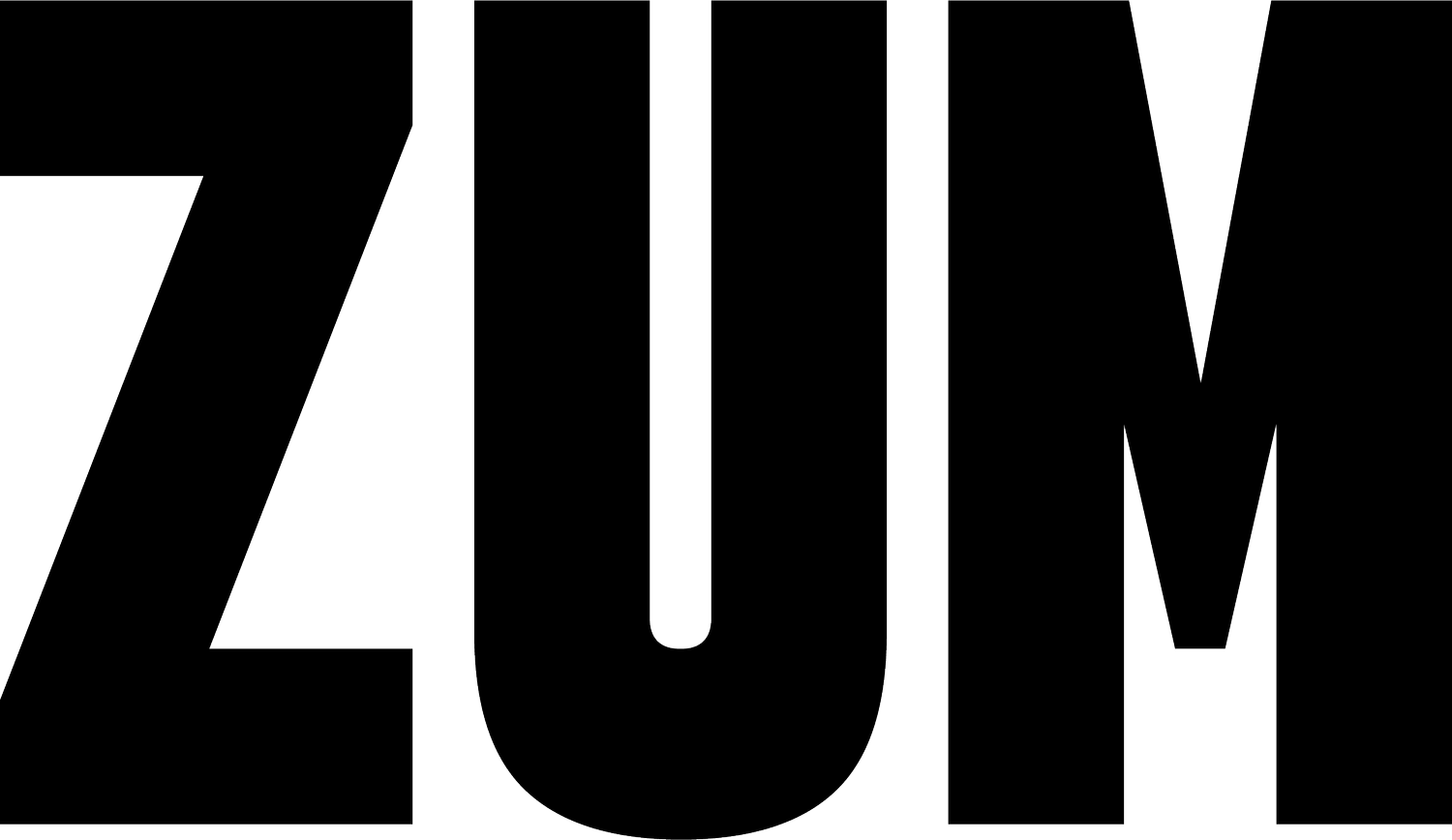Designer's Guide to 8 Commonly Used File Types
Were you ever confused about what the file extensions mean and why certain files are asked for from print vendors or web-developers?
To help simplify all this madness, we’ve created a quick and simple guide to help you better understand the different file types and when you should use them!
Raster vs Vector
Knowing the difference between a raster and vector image file is very important. It ensures that you are producing top quality work for your client. Raster images are commonly found online or in print.
Raster images, made up of pixels, are files that has been condensed into a single layer, therefore, if you stretch a raster image, the pixels will stretch as well, resulting in a blurry, low quality image. To avoid compromising its quality, save the raster file at the exact dimensions.
Vector images are constructed using formula rather than pixels. It is commonly used in graphics that require frequent resizing. They are best use for logos, icons, and illustrations.
Raster
1. JPEG
Joint Photographic Experts Group
JPEG is one of the most commonly used formats for both digital and print. JPEGs offer flexibility with raster editing and compression that allows you to decrease its file size for easy uploads and downloads in our digital space. JPEGs are saved as a flat image format, and because of this, JPEGs do not have the capability to hold layers or transparency.
2. PNG
Portable Network Graphics
PNGs are great in our digital space such as web pages. Unlike JPEGs, they can be saved with a transparent background. This creates a much sharper image. Although they are considered low resolution, you can still edit them without losing quality.
3. GIF
Graphics Interchange Format
GIFs are commonly found in animated images or banner ads. With just 256 colors in the RGB color space, GIF images can reduce its file size drastically. For this reason, they are best used in web platforms.
4. TIFF
Tagged Image File
TIFF is a large file that can upkeep its quality. No matter how much you copy, re-save, or compress, the original image data remains. Because of this quality, file transfer, uploads, downloads will take much longer. It is best to avoid using it on web pages because it’ll take forever to load. TIFF files are best use for saving photographs you plan on printing.
5. PSD
Photoshop Document
PSDs are created using Adobe Photoshop. This is one of the most popular tool used for manipulating photography. Due to its “layers” quality, users can easily modify the image much easier. PSDs can be used as the master form for creating all raster images.
Vector
6. PDF
Portable Document Format
PDFs captures quality graphics and text that can be viewed from most application, computer, and with anyone from anywhere as-long-as they have Acrobat Reader software, which can be downloaded for free. PDF is a universal tool best made for sharing.
7. EPS
Encapsulated Postscript
EPS is a vector-based file designed to produce high-resolution graphics for print. Like PDF, it is user friendly, meaning it can be open with software outside of Adobe products such as Corel Draw or Quark.
8. AI
Adobe Illustrator
AIs are created using Adobe Illustrator. It is, by far, the most preferred design tool used by designers. AI can format all type of images from digital to print and is commonly used to create vector graphics, such as logos and illustrations. It is by far my favorite design tool! We hope this guide helped simplified the madness and helped you better understand the different file types!


